A Timeless Relic Whispers Tales of Scotland’s Past
For history buffs and archaeology enthusiasts, Scotland boasts a treasure trove of remarkable finds. But few artifacts capture the imagination quite like the Shulishader Axe. This captivating relic, crafted a staggering 5,000 years ago, isn’t just a prehistoric tool – it’s a tangible link to Scotland’s Neolithic past. Imagine the hands that wielded this axe, the lives it touched, and the stories it could tell. So, step back in time and delve into the fascinating world of the Shulishader Axe, a testament to the ingenuity and craftsmanship of our ancestors.
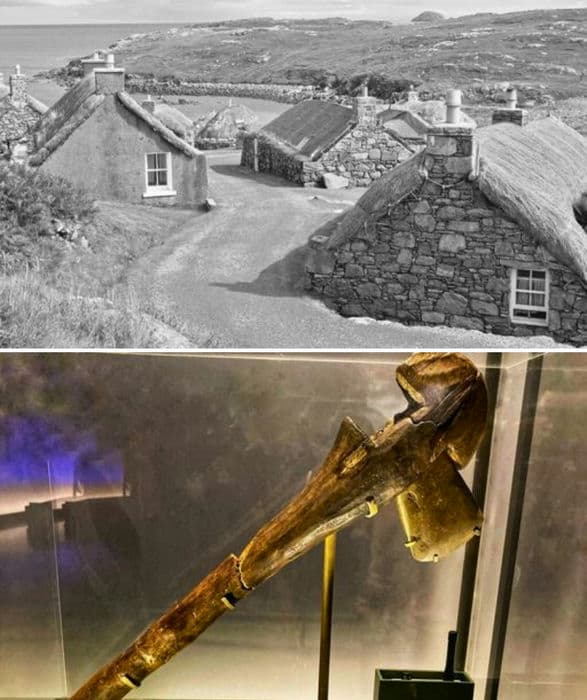
5 Must-See Historical Gems Around Scotland:
- National Museum of Scotland, Edinburgh: To fully appreciate the significance of the Shulishader Axe, a visit to the National Museum of Scotland in Edinburgh is a must. Here, you can see the axe itself, marvel at its intricate design, and learn about its historical context. The museum offers a wealth of archaeological exhibits, allowing you to delve deeper into Scotland’s prehistoric past.
- Skara Brae, Orkney: Step back into the Neolithic era at Skara Brae, a remarkable preserved Neolithic village on Mainland Orkney. Explore the subterranean houses, imagine the lives of the inhabitants, and gain insights into daily life 5,000 years ago. Skara Brae offers a captivating glimpse into the world co-existing with the Shulishader Axe’s creators.
- Callanish Stones, Isle of Lewis: While not directly linked to the Shulishader Axe, the Callanish Stones on the Isle of Lewis offer a powerful connection to Scotland’s Neolithic past. This impressive standing stone circle, dating back over 5,000 years, is a testament to the astronomical knowledge and ritual practices of prehistoric Scotland. Standing amidst these ancient stones allows you to imagine the ceremonies and beliefs that surrounded them.
- Maeshowe Chambered Tomb, Orkney: Another remarkable feat of Neolithic engineering is Maeshowe Chambered Tomb, also on Mainland Orkney. This impressive passage tomb, built around 5,000 years ago, boasts intricate corbelled vaulting and potentially served as a burial site or ceremonial center. Exploring Maeshowe offers a deeper understanding of the architectural achievements and beliefs of Scotland’s Neolithic people.
- Knap of Howar, Orkney: Complete your prehistoric adventure with a visit to the Knap of Howar, a Neolithic farmstead located on Mainland Orkney. Dating back around 5,500 years, this remarkably preserved site offers insights into farming practices, domestic life, and the ingenuity of Scotland’s early inhabitants. Standing within the Knap of Howar allows you to connect with the people who may have used tools like the Shulishader Axe.
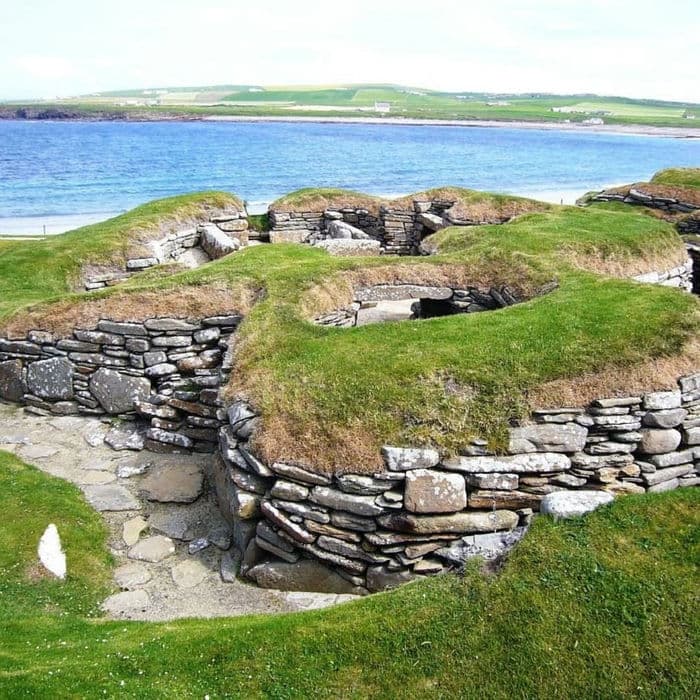



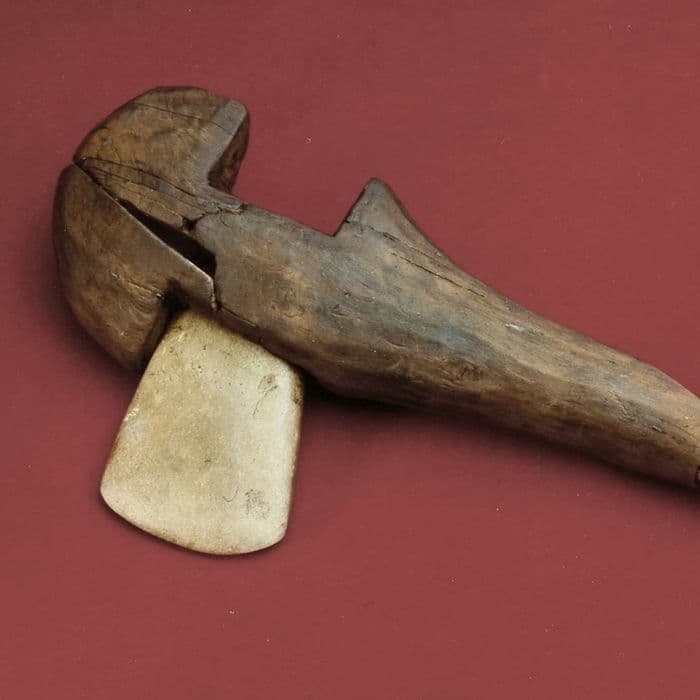
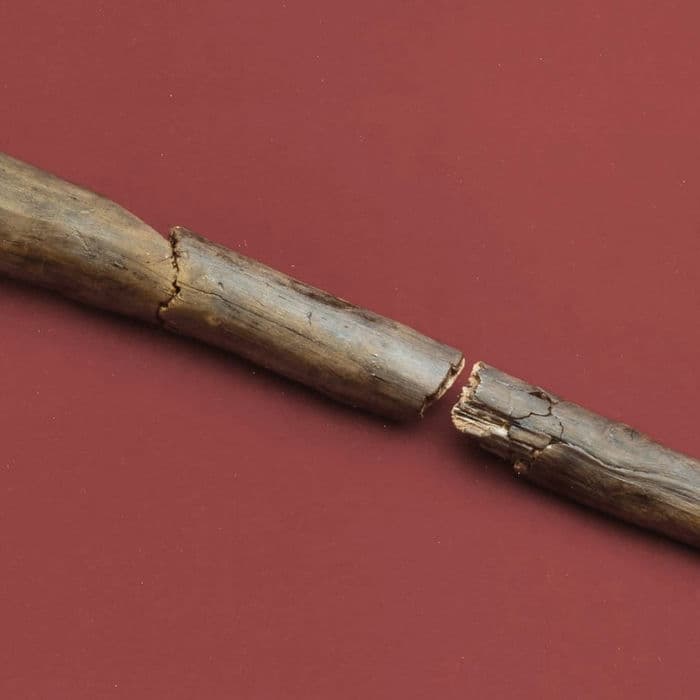
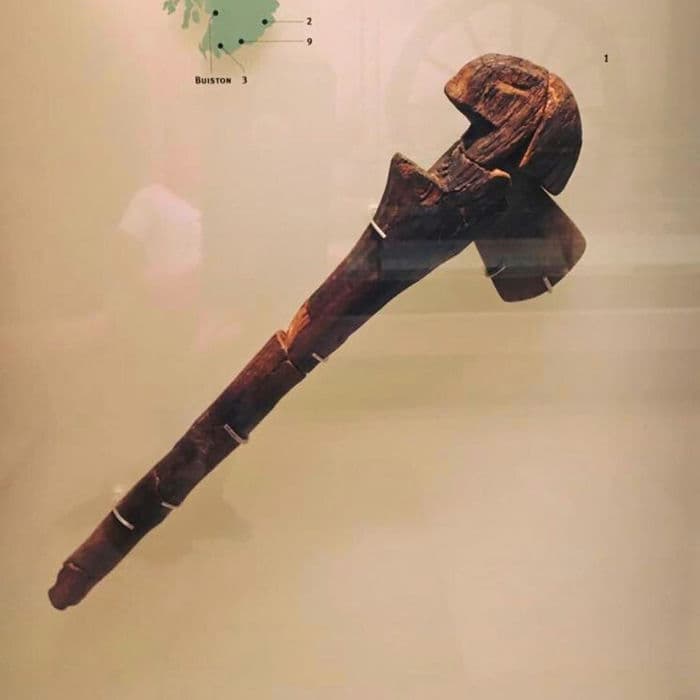
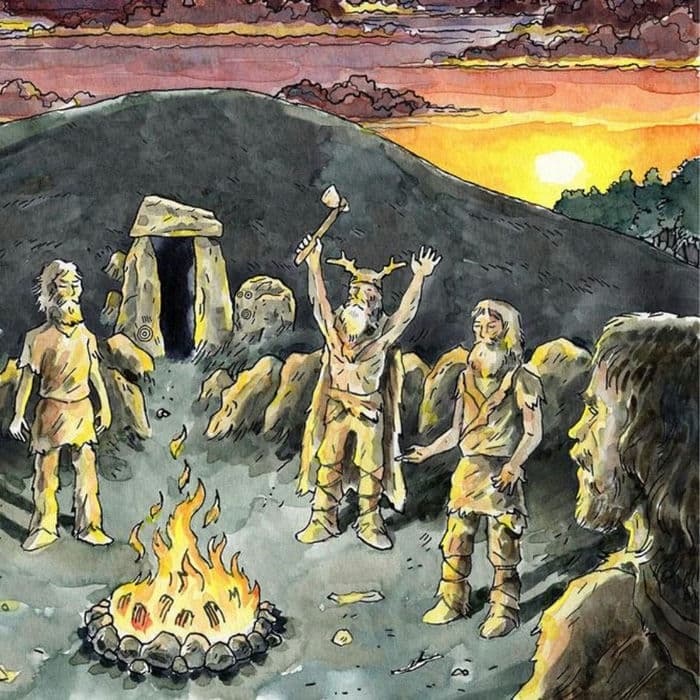

Frequently Asked Questions:
- How old is the Shulishader Axe? The Shulishader Axe is an astonishing 5,000 years old, dating back to the Neolithic period.
- Where can I see the Shulishader Axe? The Shulishader Axe is currently on display at the National Museum of Scotland in Edinburgh.
- What was the Shulishader Axe made from? The Shulishader Axe is made from polished porcellanite, a type of rock likely sourced from County Antrim in Ireland.
- How was the Shulishader Axe discovered? The Shulishader Axe was discovered in 1982 on the Isle of Lewis in the Outer Hebrides of Scotland.
- What does the Shulishader Axe tell us about the people who made it? The Shulishader Axe is a testament to the craftsmanship and skill of Scotland’s Neolithic inhabitants. It suggests they had sophisticated tool-making techniques and potentially long-distance trade networks.
